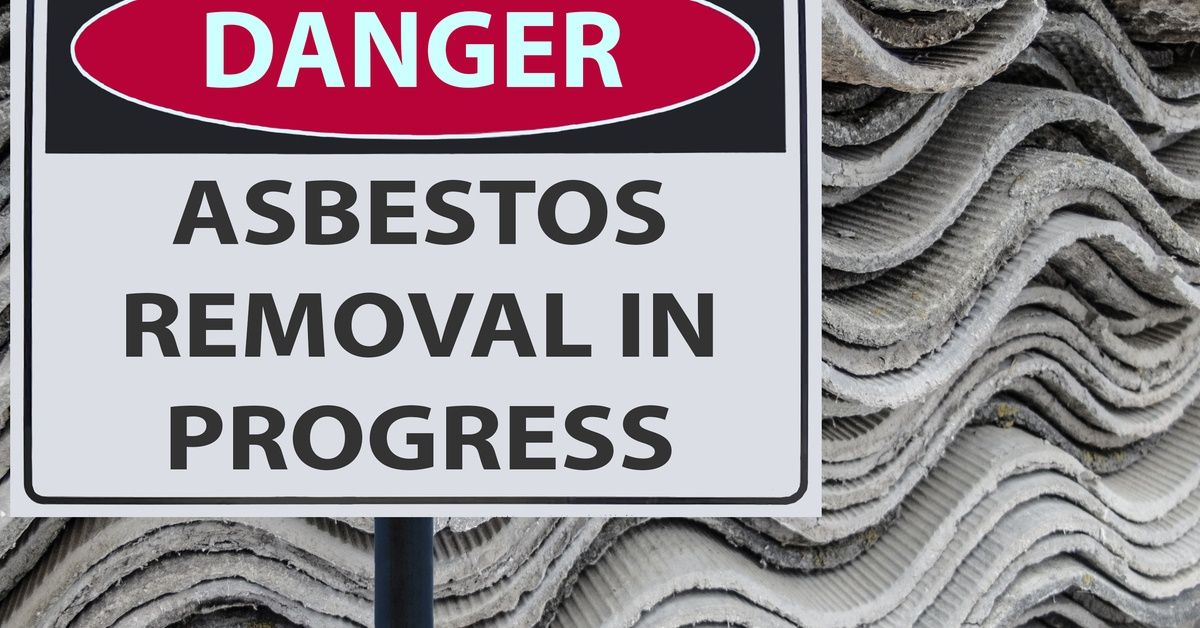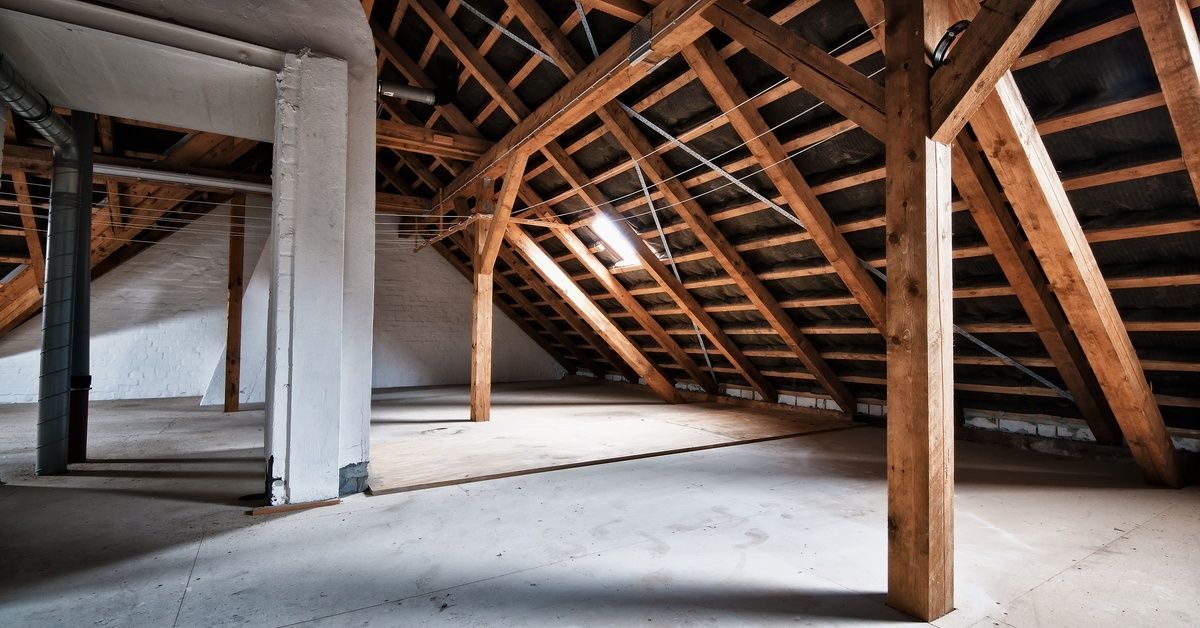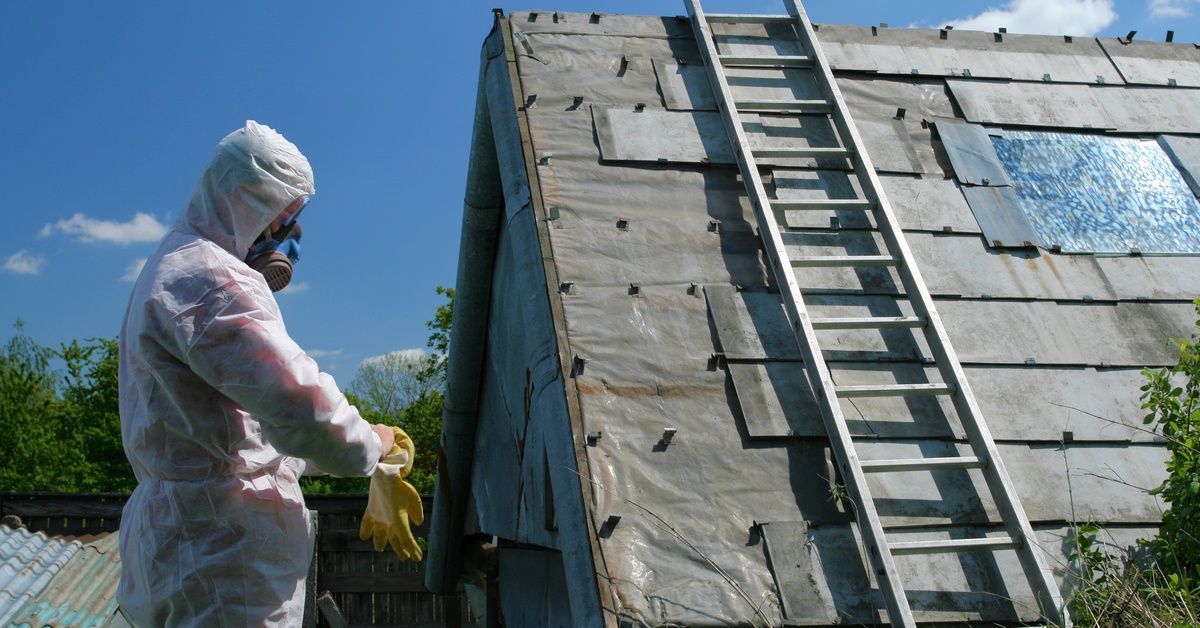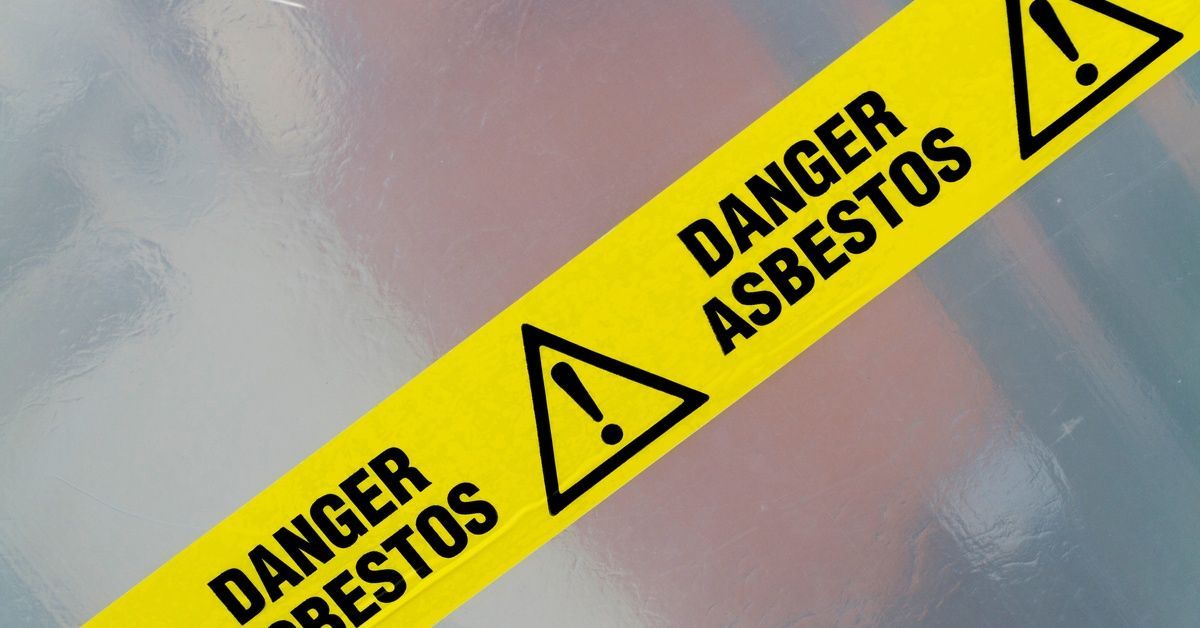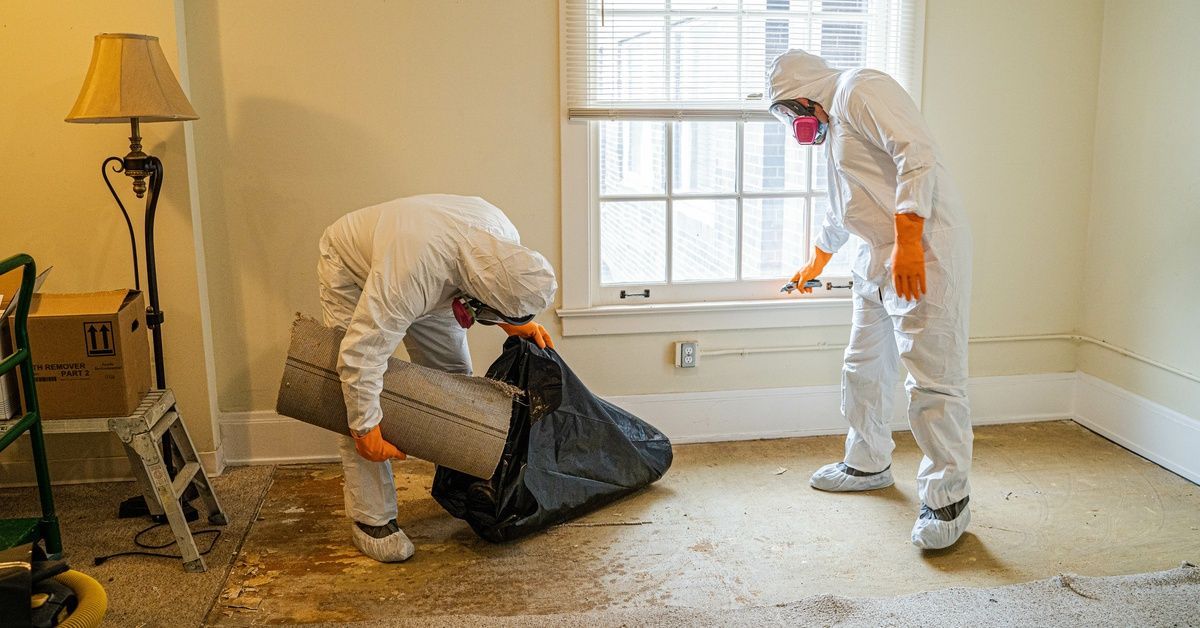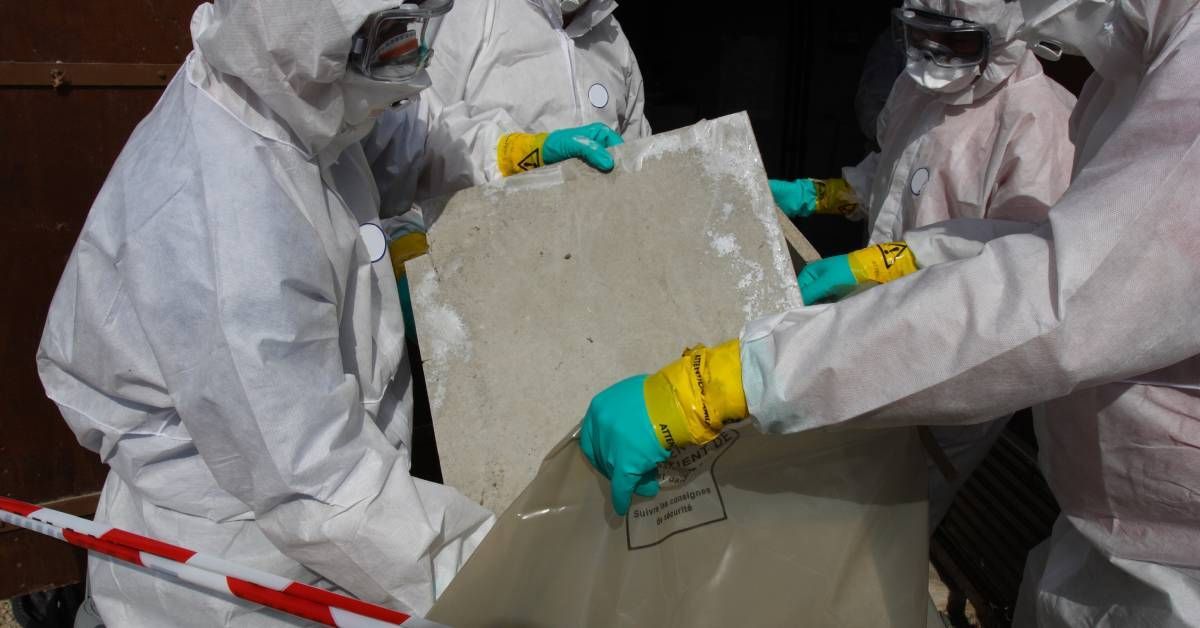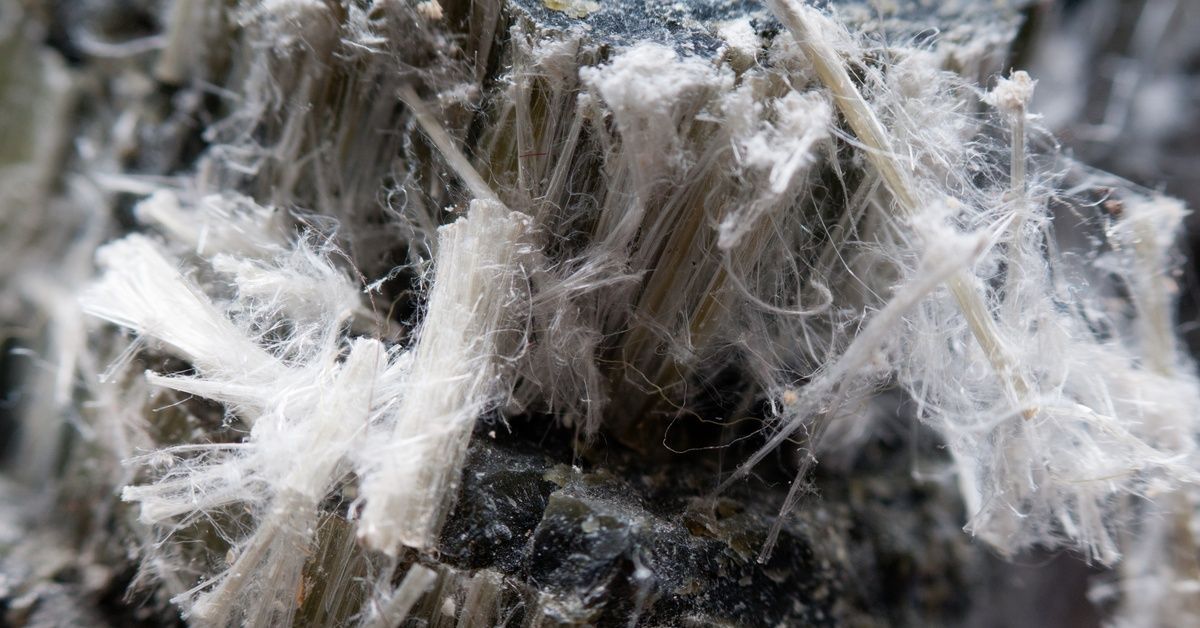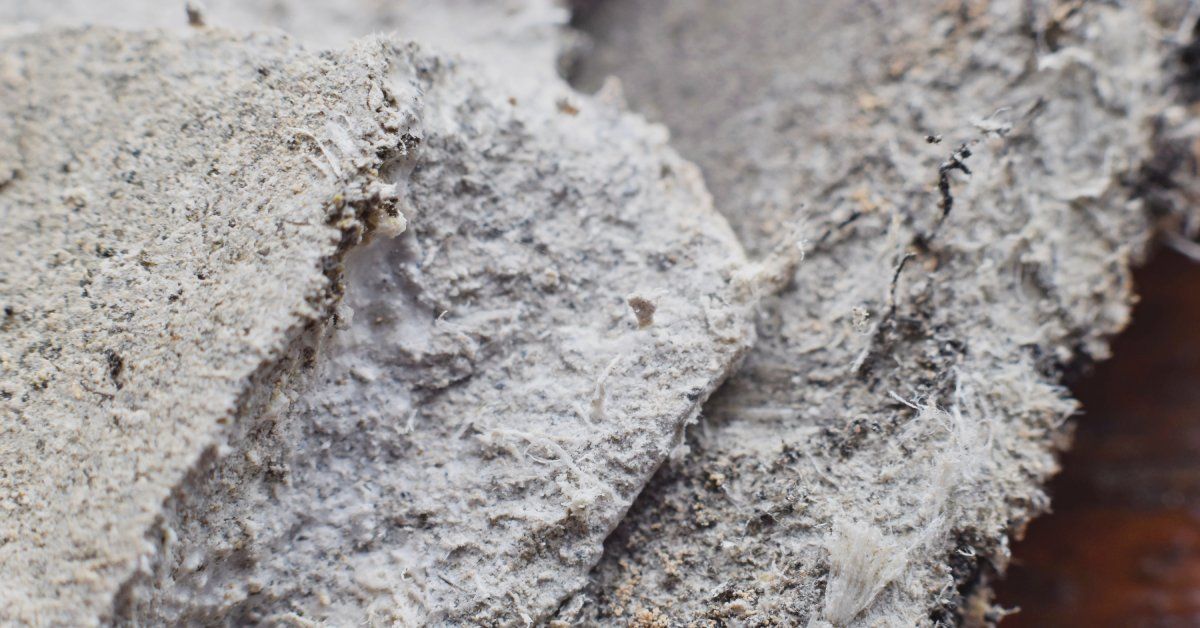4 Characteristics of Asbestos Ceiling Tiles
Asbestos ceiling tiles once filled homes nationwide due to their fire resistance, durability, and affordability. While these features made them popular in mid-century construction, we now know that asbestos poses serious health risks when disturbed.
Today’s homeowners frequently uncover these materials during remodeling or inspections. Understanding the four characteristics of asbestos ceiling tiles can help you identify them and take appropriate steps for safe removal or replacement.
1. Age and Installation Period
Contractors routinely used asbestos ceiling tiles between the 1940s and 1980s. Asbestos was a common additive in building materials because of its fire-resistant and insulating properties.
Properties built or renovated during this period are more likely to contain asbestos ceiling tiles. These tiles often came in standard 9”x9” or 12”x12” sizes and were commonly used in basements, kitchens, and hallways. Even if the tiles appear intact, it’s important not to disturb them, as aging makes asbestos fibers more brittle and prone to release in the air.
2. Visual Appearance and Texture
Asbestos ceiling tiles often have a specific look and feel that set them apart from modern materials. They may appear off-white or gray and feature a slightly speckled or dimpled surface. Many have a notably soft, chalky texture and may crumble easily at the edges.
The tiles may contain small pinholes or a fibrous interior when broken. Although these characteristics can help with identification, they aren’t conclusive.
Professional lab testing is the only reliable way to confirm whether your tiles contain asbestos. Never try to remove a tile to check since disturbing the material increases health risks.
3. Manufacturer Labels and Markings
Older ceiling tiles that contain asbestos might display the name of manufacturers known for using the material. Common brand names include Armstrong, Celotex, and USG, though many other companies also used products containing asbestos.
However, not all tiles from these companies contain asbestos, and many products don’t have any visible markings. Even when labels are present, they may have faded or worn off over time.
While manufacturer information provides valuable context, consider it one of the many factors when looking for asbestos. Homeowners should always consult a licensed professional for inspection.
4. Location and Usage in the Home
Asbestos ceiling tiles typically appear in areas that require soundproofing or fire protection, such as drop ceilings in basements, utility rooms, and older kitchens. These tiles were often part of a suspended ceiling grid system, making them easy to install and replace.
Contractors favored them in residential and commercial buildings for their functional benefits. If your ceiling tiles are part of an older home and are located in one of these common areas, it’s wise to proceed with caution until a professional can assess the situation.
Recognizing the four characteristics of asbestos ceiling tiles can help homeowners make informed home maintenance and renovation decisions. If you suspect your ceiling tiles contain asbestos, consult a certified professional before disturbing them. Proper testing and asbestos abatement from Air Safe will protect your home’s safety and your family’s health.

